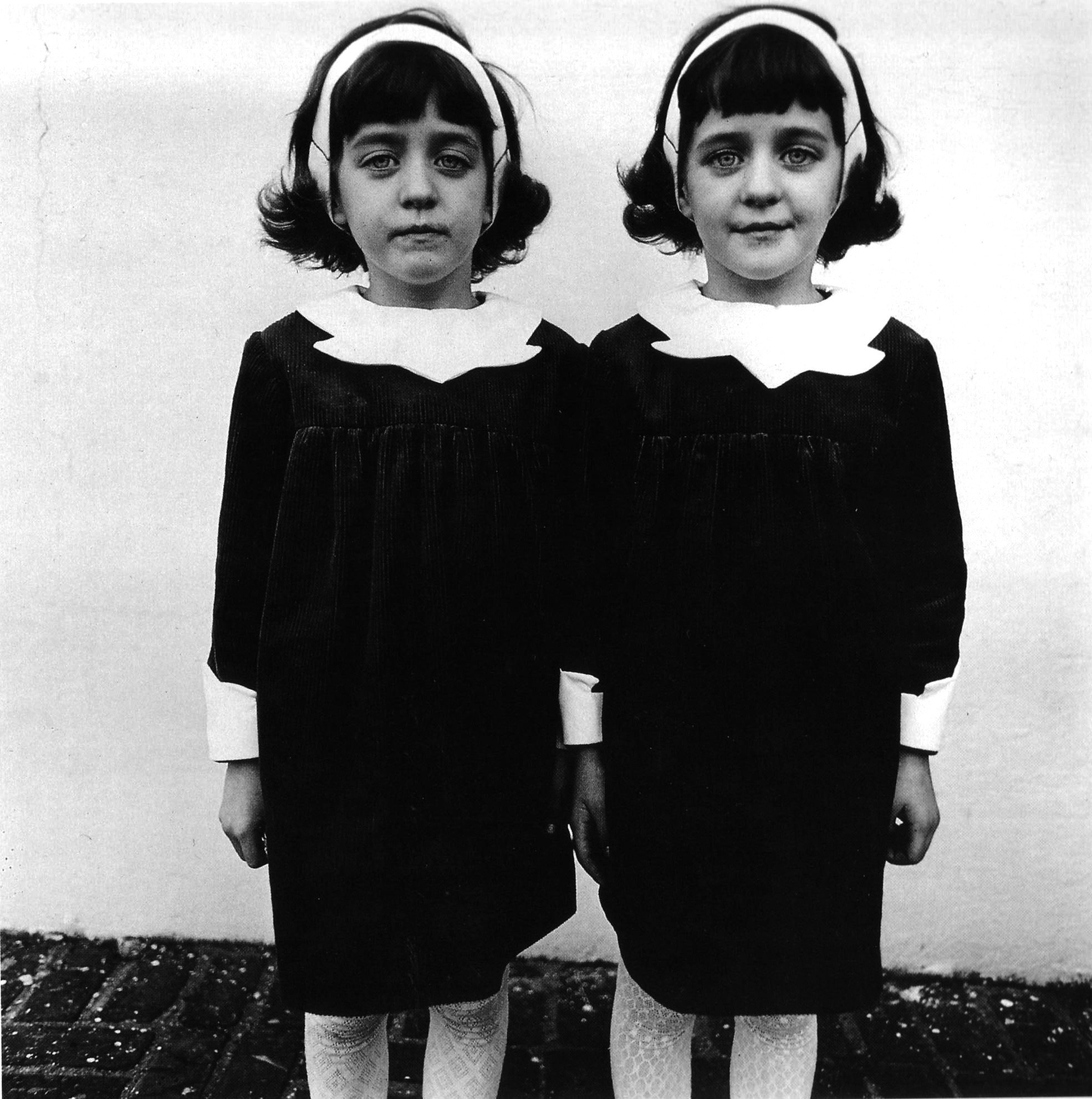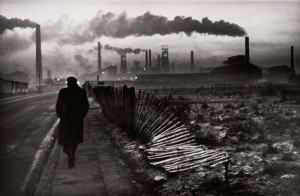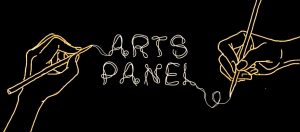
How to Read a ‘Freak’: A Psychobiography of Diane Arbus
by Alexander Woolley | January 30, 2015
“What I do in the Arbus book is what a lot of biographers do, a lot less explicitly: I try making sense of the reasons why Arbus took the kinds of pictures she did. So, I examine the subjective—emotional, psychological—origins of her art,” William Todd Schultz, author of a new book on the photographer Diane Arbus, declares.
The ‘photographer of freaks’, Arbus was not overly celebrated during her lifetime. Only a few galleries ever exhibited her work, and her first major retrospective was not held till a year after her death. Since then, a spate of major international exhibitions, along with scholarly work, has spurred interest in Arbus and her oeuvre. Though the process has been hampered by her tight-fisted estate, she is now one of America’s most revered photographers.
But the ‘freakish’ element in Arbus’ work was not what prompted Schultz, a professor of psychology at Pacific University in Oregon, to spend five years writing about her, an experience with which he struggled at times. The life of Diane Arbus was not a happy one. She ended it aged 48, in 1971, by overdosing on sedatives and cutting her wrists with a razor. “Arbus is very, very dark. To go into her life was often to go to a dark place and to live there for hours in a day.” The appeal of her art was rather as ‘art per se’: “the specificity of the imagery, the elements in the shot, the density of the image”.
Schultz’ publication, An Emergency in Slow Motion: The Inner Life of Diane Arbus, is ‘psychobiography’, a term used derogatively by sceptics. To its adherents, it is just another way of analysing a life, one that relies on psychological theory and research.
His method, summarised crudely, was to draw biographical meaning out of Arbus’ art. It’s a tricky approach, often frowned upon, and one that can lead to ridiculous results, but Arbus may warrant this treatment more than others. She feared that she would be remembered as merely the ‘photographer of freaks’, which “may have to do with what she believed, more or less unconsciously, her subject matter ‘said’ about her. I think her work was covert autobiography… It was a confession, pictorially”.
Calling Arbus the ‘photographer of freaks’ is an easy way to grab attention. But, nowadays, it is almost misleading. “From the present angle they do not seem all that freakish. In fact, in terms of pure subject matter, they strike one as fairly tame. I can easily find far freakier freaks on American reality TV every single night,” says Schultz.
He’s right, too. In A Jewish Giant at Home with his Parents in the Bronx (1970) a tall man, slightly hunching his back because of the height of the ceiling, looks down at his parents; his mother holds her hands on her hips, craning her neck up, while his father, bespectacled and suited, gazes distantly towards his son’s waist. The image is intriguing, rapaciously so, but ‘freakishness’ is hardly something that crosses the mind today.
Arbus’ parents were wealthy New Yorkers, and though she grew up in the Great Depression, her family barely felt its effects. But Arbus also “came from a family of silences in which everyone did what they were supposed to. In the fringe were secrets of all sorts. Arbus was obsessed with secrets, and with exposing what had always been repressed.” Relating this to her work, Schultz proposes that for Arbus, “shooting freaks was shooting the repressed, both personally and culturally. It was also liberating because freaks held no secrets. All was there on the outside to be seen. There was zero concealment, especially in the case of the last photos of the mentally retarded.”
Yet, Schultz is the first to admit that this narrative of why Arbus worked in the way she did is a simplification. In fact, he’ll say the same about psychobiography itself: “Lives aren’t experiments, variables can’t be controlled and pitted against one another post hoc”.
Regardless of Schultz’ treatment of Arbus, it would be safe to say that her place among the canon of Western art is firmly secured. In fact, the attraction of this type of criticism perhaps itself attests to this. Meanwhile Schultz is off to write a psychobiography of Elliott Smith, the American singer-songwriter who stabbed himself to death.




